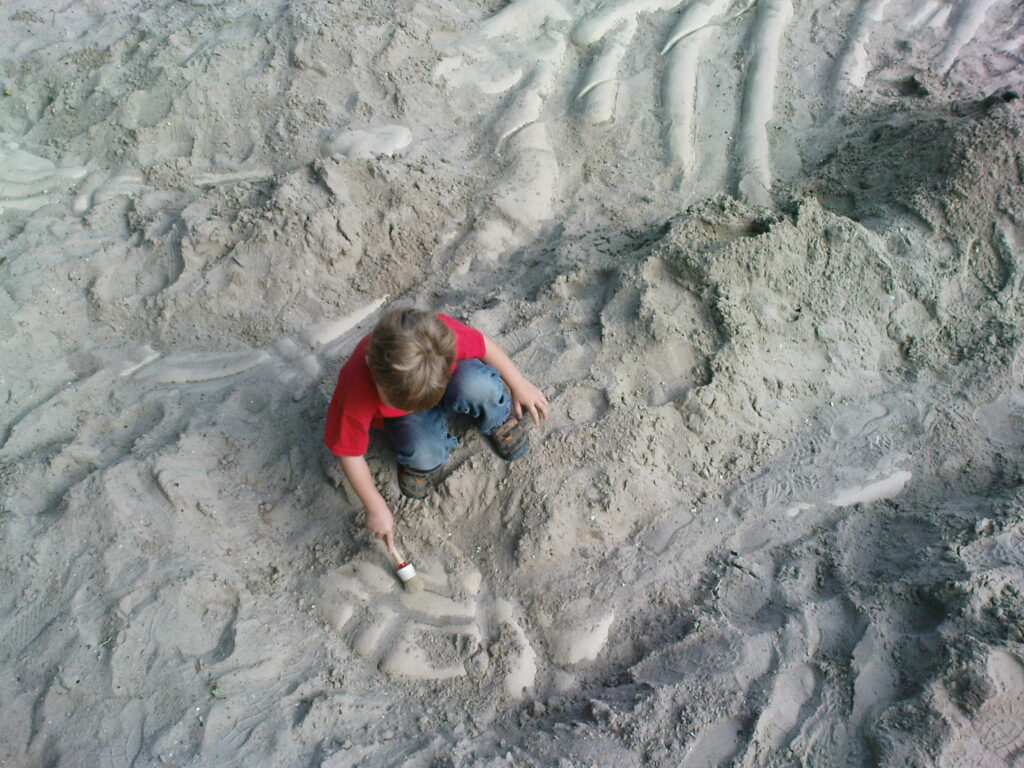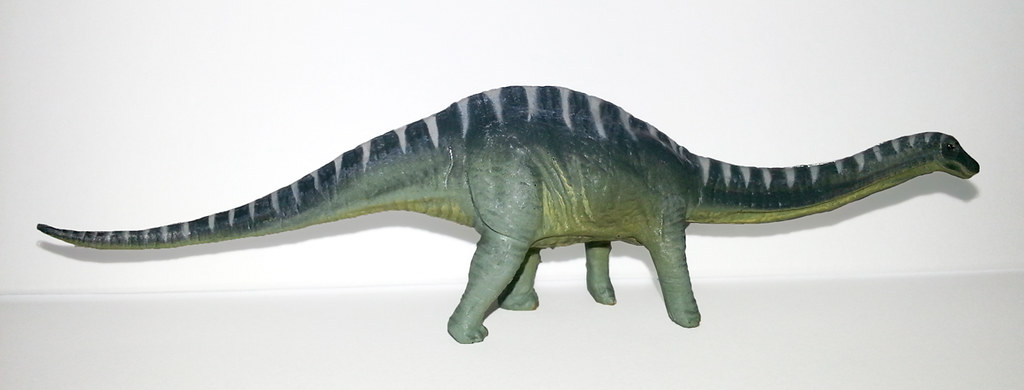Picture this: massive Tyrannosaurus rex stomping through ancient forests, towering Triceratops grazing in prehistoric meadows, and countless other giants ruling a continent for what scientists once believed was a relatively brief geological moment. But what if everything we thought we knew about dinosaur dominance in North America was wrong? Recent groundbreaking discoveries are forcing paleontologists to completely rewrite the timeline of when these magnificent creatures first conquered the continent.
The Traditional Timeline Gets a Massive Overhaul
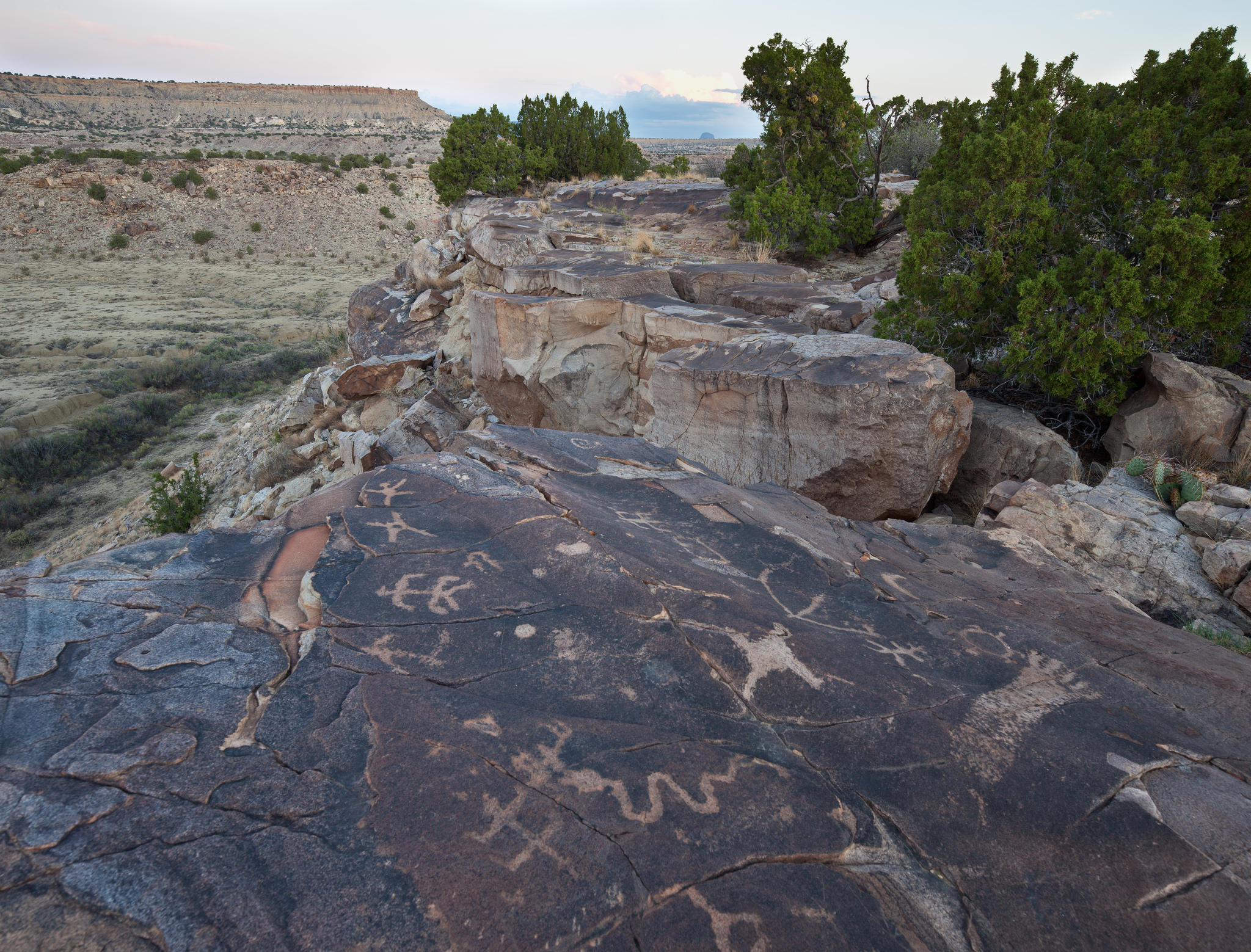
For decades, textbooks taught us that dinosaurs didn’t really take over North America until the Late Triassic period, around 210 million years ago. This comfortable narrative suggested these ancient giants were relative latecomers to the continental party. Scientists believed other reptilian groups ruled the roost for millions of years before dinosaurs muscled their way to the top.
However, recent fossil evidence from sites across the American Southwest is completely shattering this long-held belief. New discoveries are pushing back the timeline of dinosaur dominance by potentially 15 to 20 million years. It’s like finding out your favorite band was actually performing decades before anyone realized they existed.
Revolutionary Fossil Finds Change Everything
The game-changer came from an unlikely place: ancient rock formations in Texas and New Mexico that researchers had largely ignored. These Middle Triassic deposits, dating back 235 million years, have yielded an astonishing array of early dinosaur fossils that shouldn’t exist according to traditional theories. We’re talking about complete skeletons, not just scattered teeth or bone fragments.
These discoveries include early theropods that were already displaying sophisticated hunting behaviors and small herbivorous dinosaurs showing complex social structures. The preservation quality is so exceptional that scientists can examine stomach contents and even trace evidence of pack hunting behavior.
What makes these finds even more remarkable is their geographic distribution. Instead of being isolated to one small area, similar aged dinosaur fossils are now turning up across multiple states, suggesting widespread dinosaur presence much earlier than previously imagined.
The Ghost Lineage Problem Explained
Paleontologists have long struggled with what they call “ghost lineages” – periods in evolutionary history where certain groups must have existed based on genetic evidence, but no fossil proof could be found. For North American dinosaurs, this ghost period was substantial and puzzling. The molecular clock suggested dinosaurs should have been thriving on the continent millions of years before any fossils supported this theory.
These new discoveries are finally filling in those mysterious gaps. It’s like finding missing puzzle pieces that suddenly make the whole picture crystal clear. The fossil record now shows a much more gradual and earlier establishment of dinosaur dominance across North America.
Scientists are realizing that preservation bias played a huge role in hiding this earlier dinosaur presence. The rock formations from the Middle Triassic were simply less likely to preserve fossils, creating an artificial gap in our understanding.
Advanced Dating Techniques Reveal Hidden Truths
Modern radiometric dating methods are revolutionizing how we understand prehistoric timelines. New techniques using uranium-lead dating on zircon crystals found within fossil-bearing rocks are providing unprecedented accuracy in determining ages. These methods are so precise they can distinguish differences of just a few hundred thousand years – practically yesterday in geological terms.
Recent applications of these advanced dating techniques to North American dinosaur sites have consistently pushed back established timelines. What researchers thought were 205-million-year-old fossils are actually dating to 230 million years or older.
The implications are staggering. Every major paleontological museum in North America is having to reconsider their prehistoric timeline displays. It’s the scientific equivalent of discovering that your house is actually 50 years older than you thought.
Climate Clues Point to Earlier Dominance
Ancient climate data is providing crucial context for understanding why dinosaurs might have dominated North America earlier than expected. Paleoclimatologists studying Middle Triassic conditions have discovered that North America experienced a period of optimal dinosaur conditions – warm, humid climates with abundant vegetation – much earlier than previously recognized.
These climate reconstructions show that the continent had already developed the ecosystem complexity needed to support large dinosaur populations by 235 million years ago. Rivers systems were extensive, plant life was diverse, and seasonal patterns were stable enough for large reptilian populations to establish permanent territories.
The climate evidence perfectly aligns with the new fossil discoveries, creating a compelling picture of North America as an early dinosaur paradise. It’s like discovering that perfect growing conditions existed long before anyone planted the garden.
Ecosystem Complexity Reveals Advanced Societies
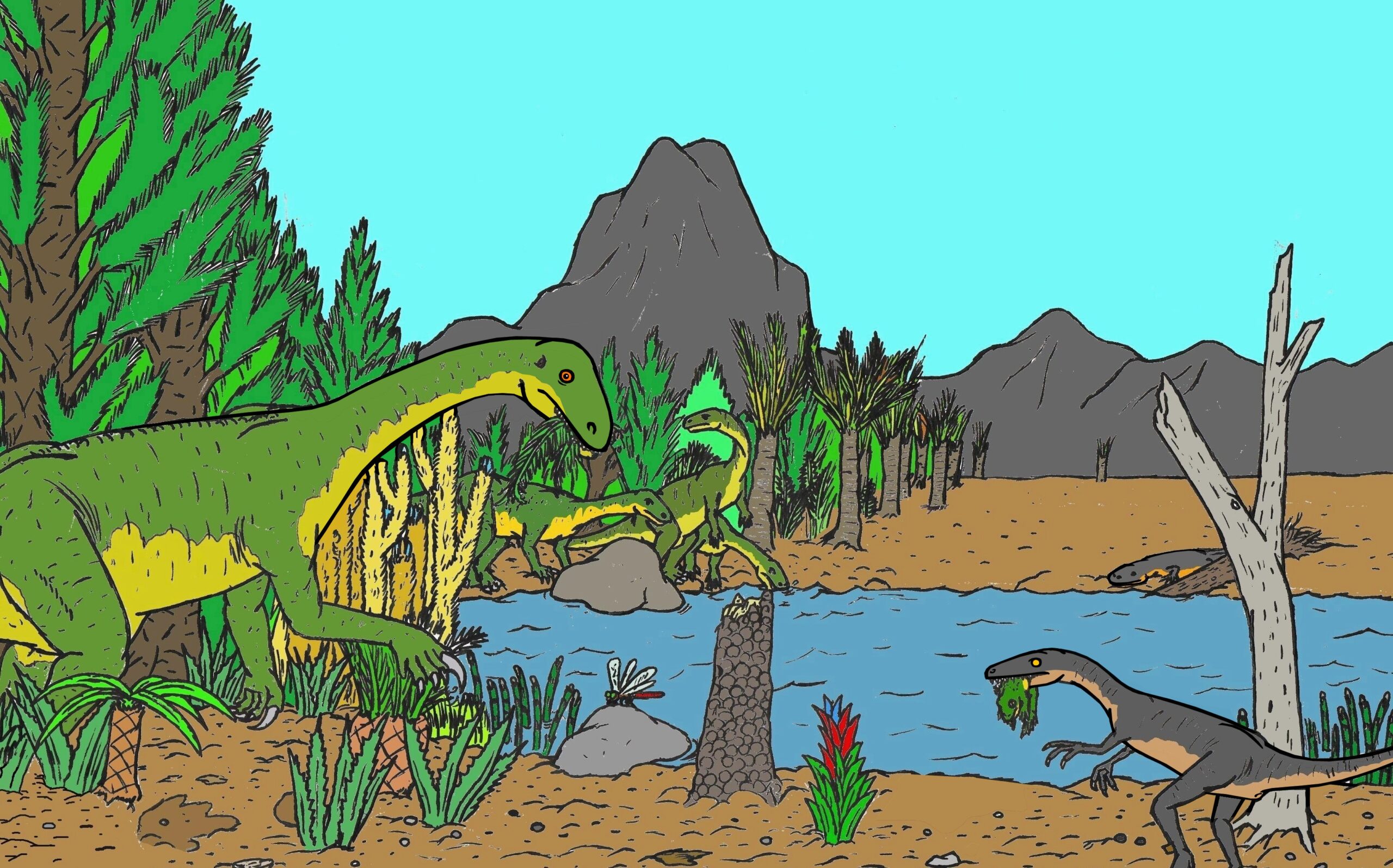
Perhaps the most shocking revelation from these recent discoveries is the level of ecosystem complexity that existed during the Middle Triassic. Evidence suggests dinosaurs weren’t just surviving in North America – they were creating sophisticated ecological networks rivaling anything from the more famous Late Cretaceous period.
Fossil evidence shows clear predator-prey relationships, with early theropods already displaying specialized hunting adaptations for taking down specific herbivorous species. Plant fossils found alongside dinosaur remains indicate these ancient creatures were influencing vegetation patterns through their feeding habits, essentially landscaping the continent through their daily activities.
Scientists have even found evidence of seasonal migration patterns preserved in bone chemistry, suggesting some dinosaur species were already undertaking continent-spanning journeys for breeding or feeding purposes. This level of behavioral complexity was thought to be a much later evolutionary development.
Trace Fossil Evidence Tells Untold Stories
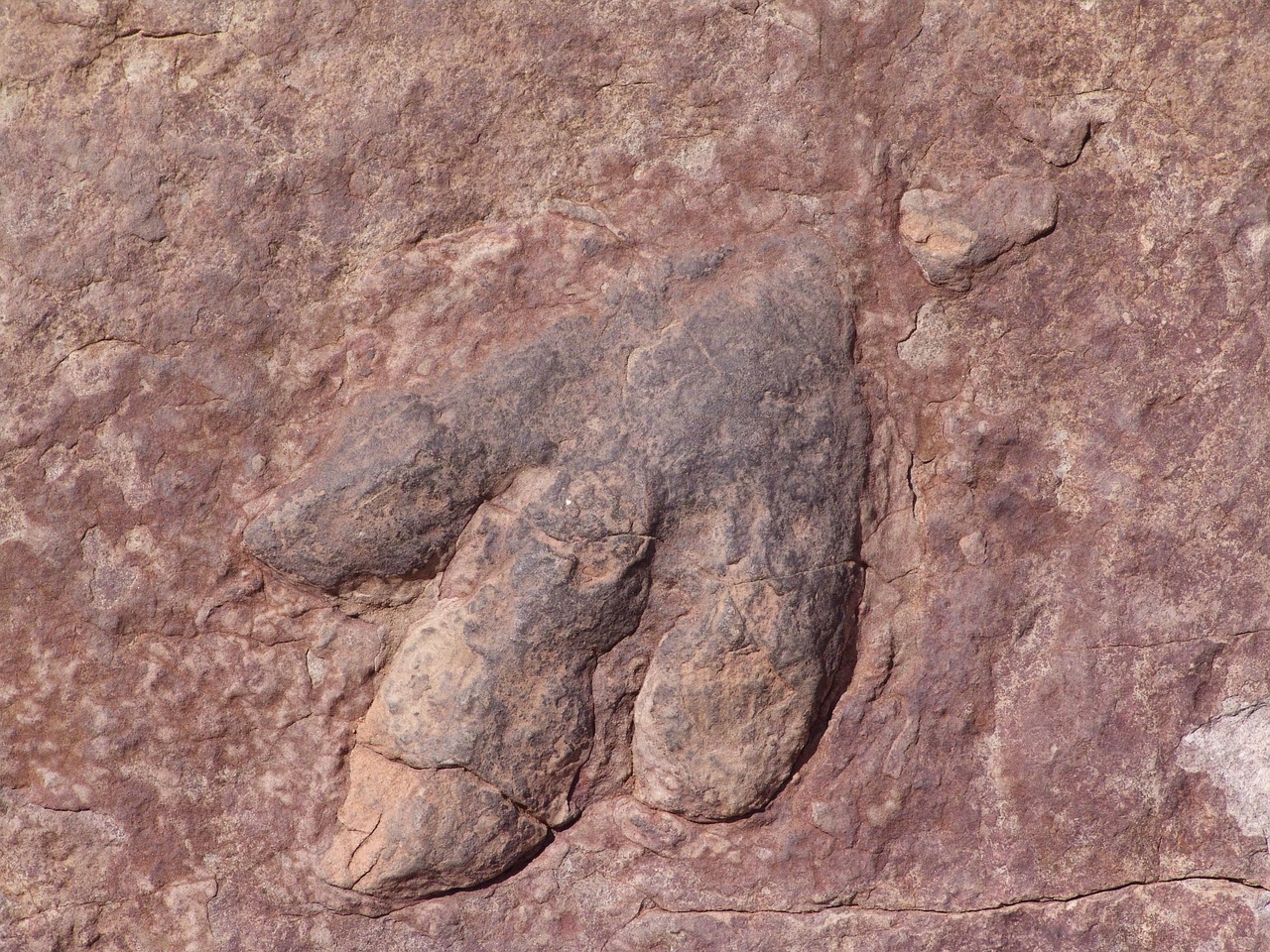
While skeletal remains grab headlines, trace fossils – footprints, coprolites, and nesting sites – are providing equally revolutionary insights into early North American dinosaur dominance. Recent discoveries of massive trackways in Utah and Colorado reveal coordinated group movements of dozens of individuals, indicating social structures far more complex than anyone imagined for Middle Triassic dinosaurs.
These trace fossils are painting a picture of North America as a continent already crisscrossed by dinosaur highways. Multiple trackway sites show the same species using identical routes across vast distances, generation after generation. It’s like discovering an ancient interstate system built and maintained by dinosaurs themselves.
Perhaps most remarkably, some trackway sites preserve evidence of interspecies interactions – predator pursuit tracks alongside fleeing herbivore prints, creating dramatic chase scenes frozen in stone for 235 million years.
Geographic Distribution Patterns Surprise Scientists
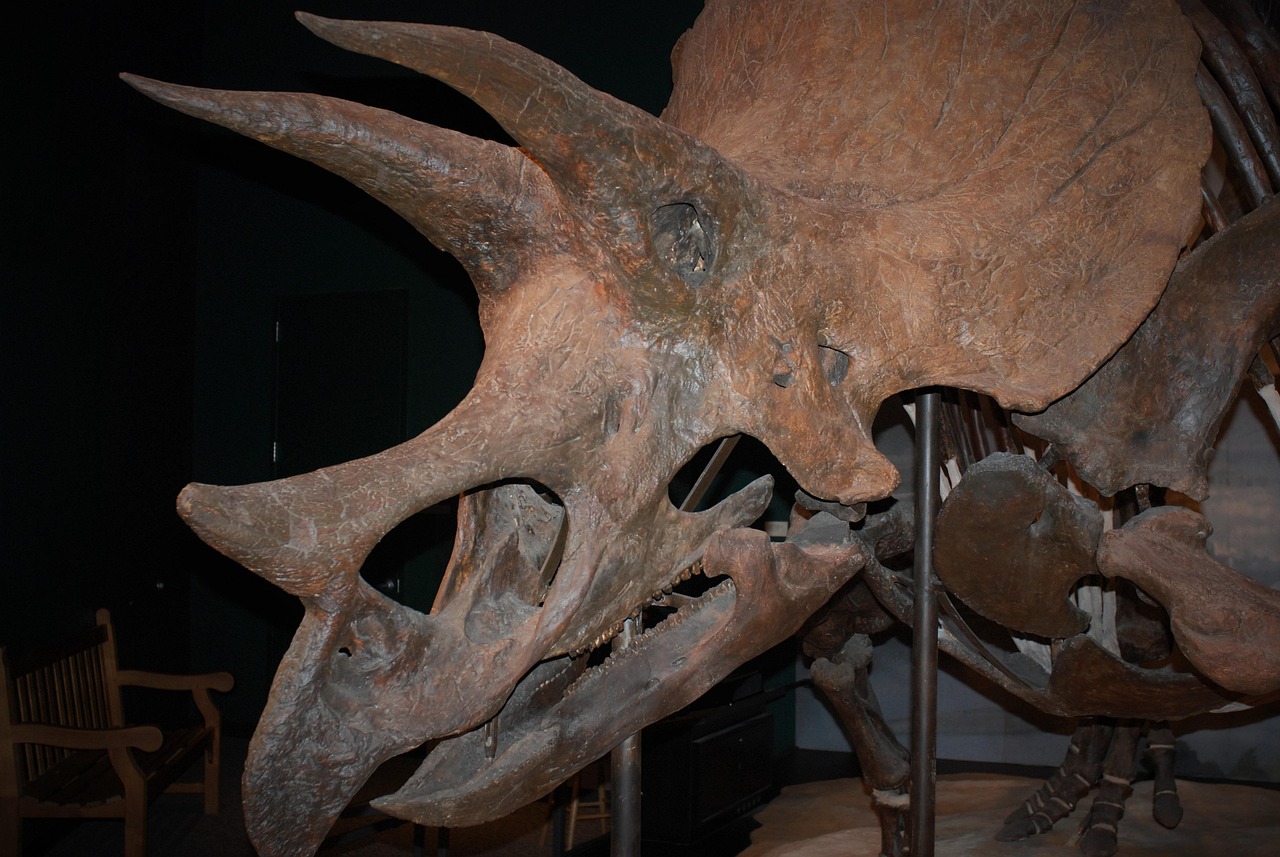
The widespread nature of these early dinosaur discoveries is forcing researchers to completely reconsider how quickly these creatures spread across North America. Traditional models suggested a gradual expansion from limited populations in the southwestern United States. However, nearly simultaneous discoveries of Middle Triassic dinosaur fossils from Canada to Mexico indicate a much more rapid and comprehensive colonization.
This continent-wide presence suggests dinosaurs didn’t just arrive early in North America – they conquered it with remarkable speed and efficiency. Genetic diversity studies of these early fossils show distinct regional populations were already developing, indicating stable, long-term establishment rather than recent arrival.
The geographic evidence paints North America as an early center of dinosaur evolution and diversification, possibly even more important than previously recognized hotspots in South America and Africa.
Technological Breakthroughs Enable New Discoveries

Modern paleontological techniques are uncovering dinosaur evidence that previous generations of scientists simply couldn’t detect. High-resolution CT scanning is revealing dinosaur bones embedded within rocks that appeared empty to earlier researchers. These “hidden fossils” are dramatically expanding our understanding of Middle Triassic dinosaur diversity.
Ground-penetrating radar is identifying promising fossil sites before any digging begins, allowing researchers to target their efforts more effectively. This technology has already led to the discovery of several major Middle Triassic dinosaur bonebeds that might have remained hidden for decades using traditional prospecting methods.
Chemical analysis techniques can now identify dinosaur presence from microscopic bone fragments and even chemical signatures in ancient soils. These methods are extending the dinosaur fossil record into rock formations where complete skeletons will never be found.
Molecular Clock Evidence Supports Extended Timeline
Genetic studies of modern dinosaur descendants – birds – have long suggested that dinosaur lineages began diversifying much earlier than the fossil record indicated. These molecular clock studies consistently pointed to Middle Triassic origins for major dinosaur groups, but paleontologists dismissed them due to lack of fossil evidence.
Now that fossil evidence is finally catching up with molecular predictions, scientists are gaining new respect for the accuracy of genetic dating methods. The convergence of molecular and fossil evidence is creating an incredibly robust picture of early dinosaur evolution in North America.
This molecular evidence also suggests that North American dinosaur populations were more genetically diverse during the Middle Triassic than many modern ecosystems. The implications for understanding ancient biodiversity are profound.
Evolutionary Implications Rock the Scientific World
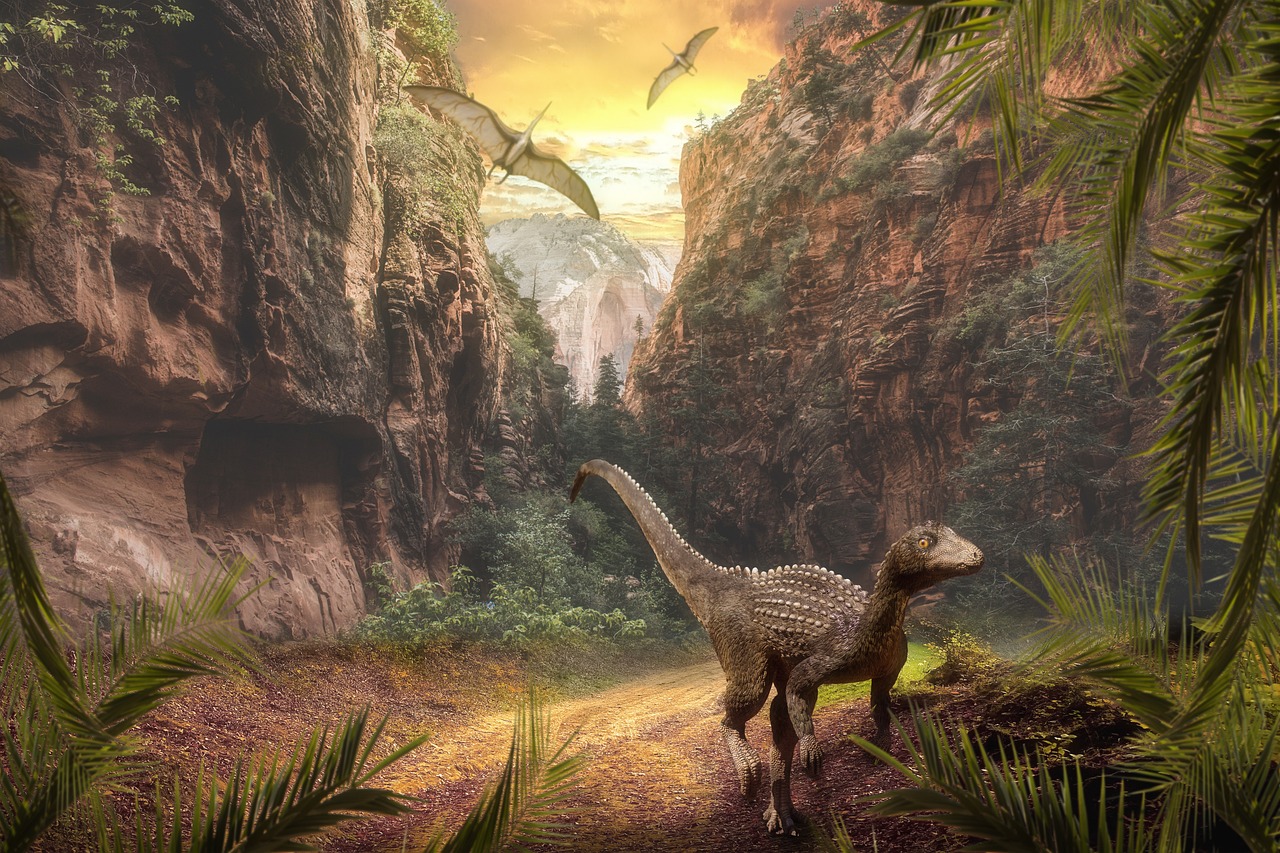
If dinosaurs dominated North America 15-20 million years earlier than previously thought, the entire narrative of dinosaur evolution needs rewriting. This extended timeline means dinosaurs had much more time to develop the incredible diversity we see in later periods. Complex behaviors, specialized feeding strategies, and sophisticated social structures all had millions of additional years to evolve.
The extended timeline also changes our understanding of dinosaur competition with other reptilian groups. Rather than rapidly displacing existing fauna, dinosaurs may have coexolved with other creatures for much longer periods, creating more complex ecological relationships than previously imagined.
These discoveries suggest North America played a much more central role in early dinosaur evolution than anyone realized. The continent may have been a primary center of dinosaur innovation and diversification, not just a secondary colonization target.
Museum Exhibits Face Major Overhauls
Natural history museums across North America are scrambling to update their prehistoric displays in light of these revolutionary discoveries. Exhibit timelines that have remained unchanged for decades are suddenly obsolete. The famous dinosaur halls at major institutions are planning complete overhauls to reflect the new understanding of dinosaur dominance.
Some museums are taking innovative approaches, creating special exhibits that directly compare old versus new timelines to help visitors understand the magnitude of these recent discoveries. Interactive displays allow guests to explore how scientific understanding evolves as new evidence emerges.
The challenge for museum educators is explaining how dramatically scientific knowledge can change. Visitors who learned one version of dinosaur history in school are now confronting completely different information, creating both confusion and excitement about the dynamic nature of paleontological research.
Future Research Promises More Surprises
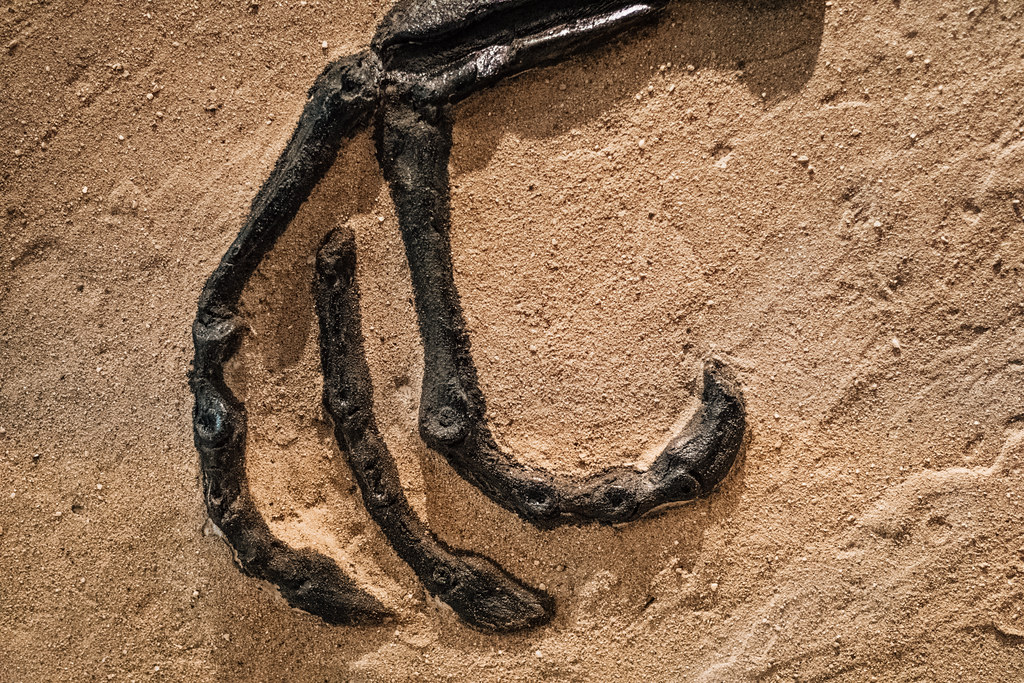
The pace of Middle Triassic dinosaur discoveries is accelerating rather than slowing down. Promising fossil sites across North America are yielding new specimens faster than researchers can properly study them. Many experts believe we’re only scratching the surface of what these ancient rock formations contain.
Planned excavations at newly discovered sites in Arizona, Utah, and Montana could potentially push the timeline back even further. Some preliminary evidence suggests dinosaur presence might extend into the Early Triassic period, though this remains highly speculative and controversial.
International collaboration is also expanding, with North American findings being compared to similar-aged sites worldwide. These global comparisons are revealing that dinosaur dominance may have been a more synchronized, worldwide phenomenon than anyone previously imagined.
What This Means for Dinosaur Evolution Theory
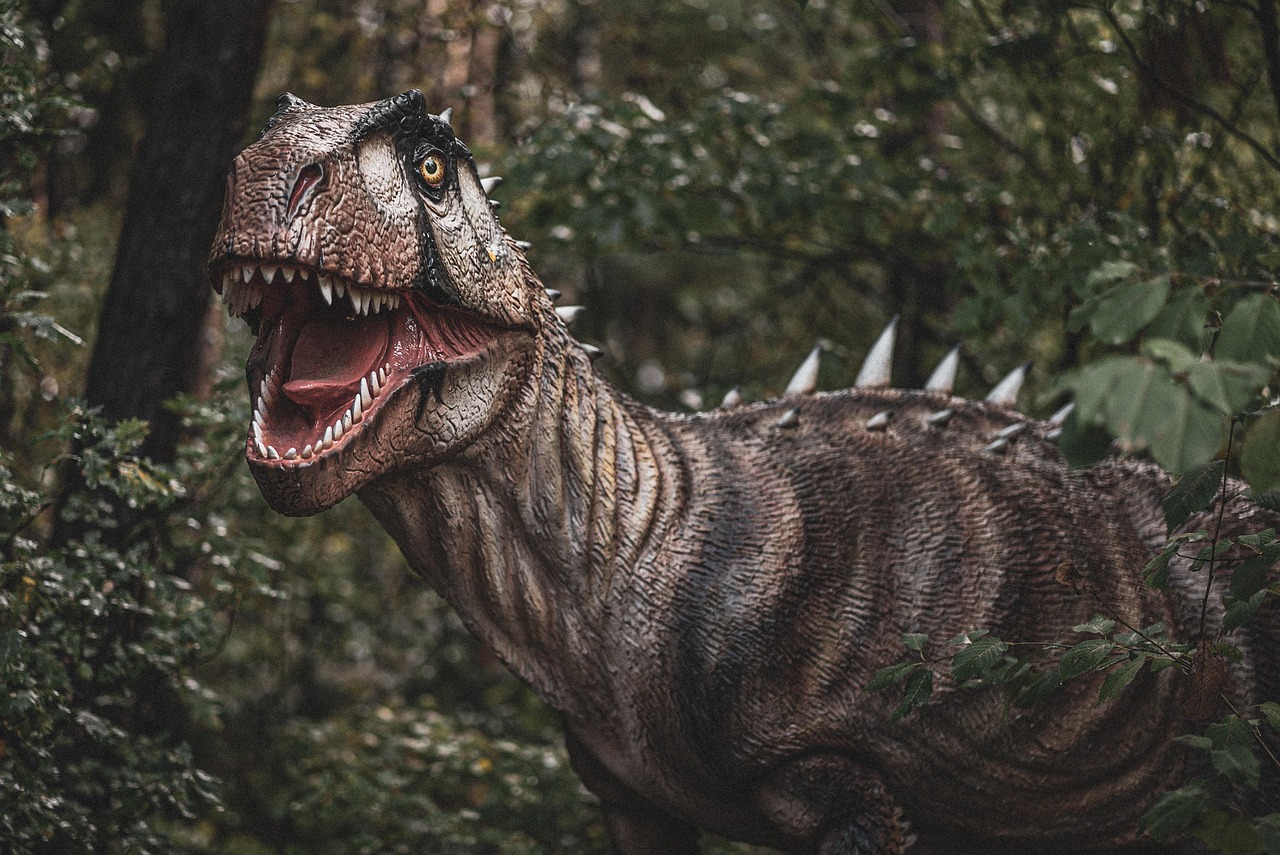
The extended timeline of North American dinosaur dominance has profound implications for understanding how these creatures evolved such incredible diversity. With millions of additional years to develop and diversify, dinosaurs had much more time to experiment with different body plans, feeding strategies, and ecological niches.
This longer evolutionary timeline helps explain some of the more puzzling aspects of dinosaur biology that scientists have struggled to understand. Complex social behaviors, sophisticated parental care strategies, and advanced communication systems all make more sense when given additional millions of years to develop.
The discovery also suggests that dinosaur success wasn’t just about luck or timing – it was about sustained evolutionary innovation over extended periods. North America served as a massive laboratory for dinosaur evolution, allowing these creatures to perfect the adaptations that would eventually make them the most successful land animals in Earth’s history.
Recent discoveries are revolutionizing our understanding of when dinosaurs truly began their reign over North America. Evidence now suggests these magnificent creatures dominated the continent for potentially 15-20 million years longer than previously believed, fundamentally changing how we view dinosaur evolution and success. The convergence of advanced dating techniques, new fossil discoveries, and molecular evidence creates an compelling picture of North America as an early center of dinosaur innovation and diversification. As researchers continue uncovering Middle Triassic fossils across the continent, we’re witnessing one of the most significant revisions to dinosaur history in decades. What other secrets might these ancient rocks be hiding from us?


